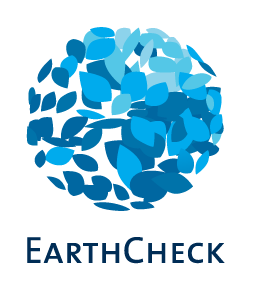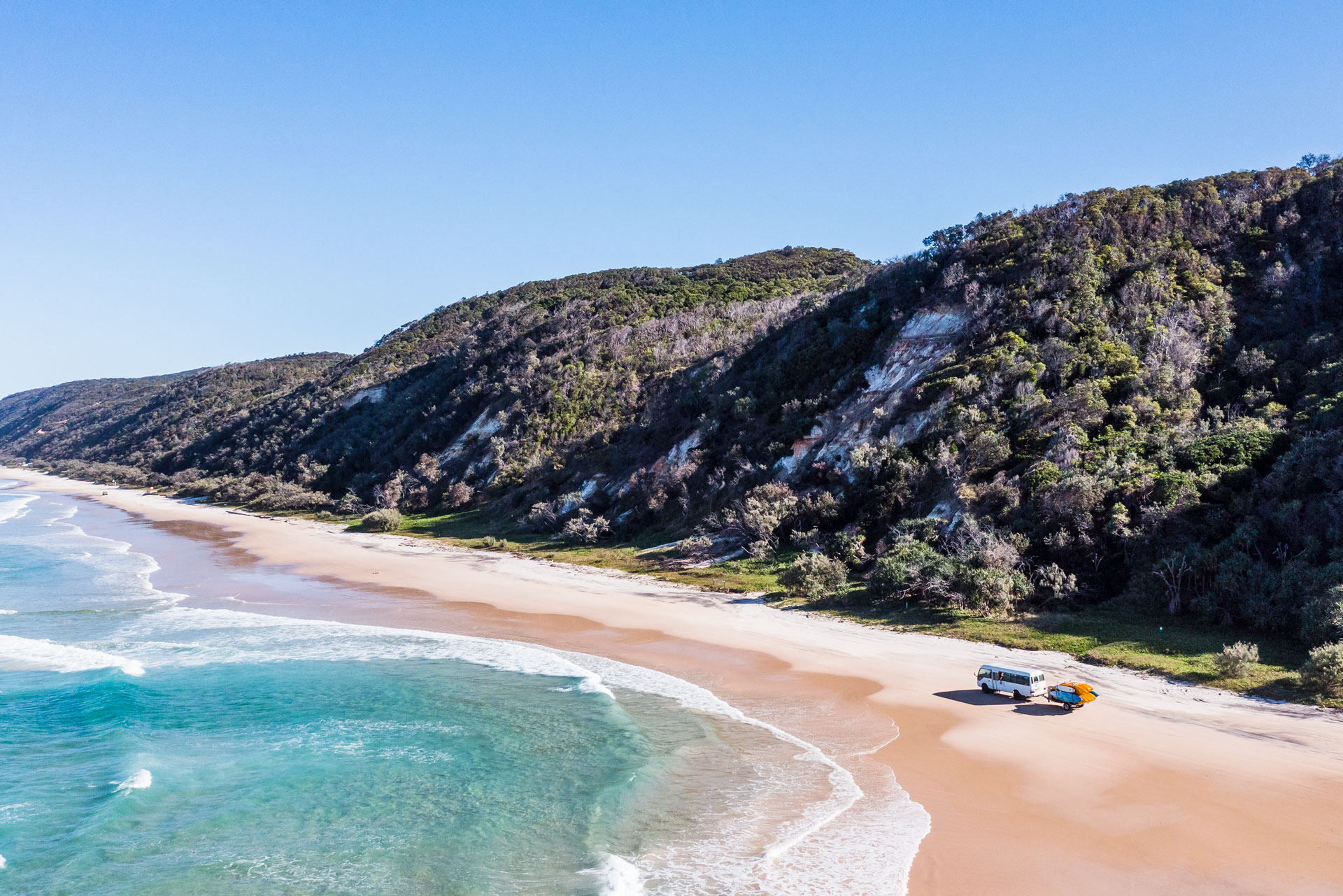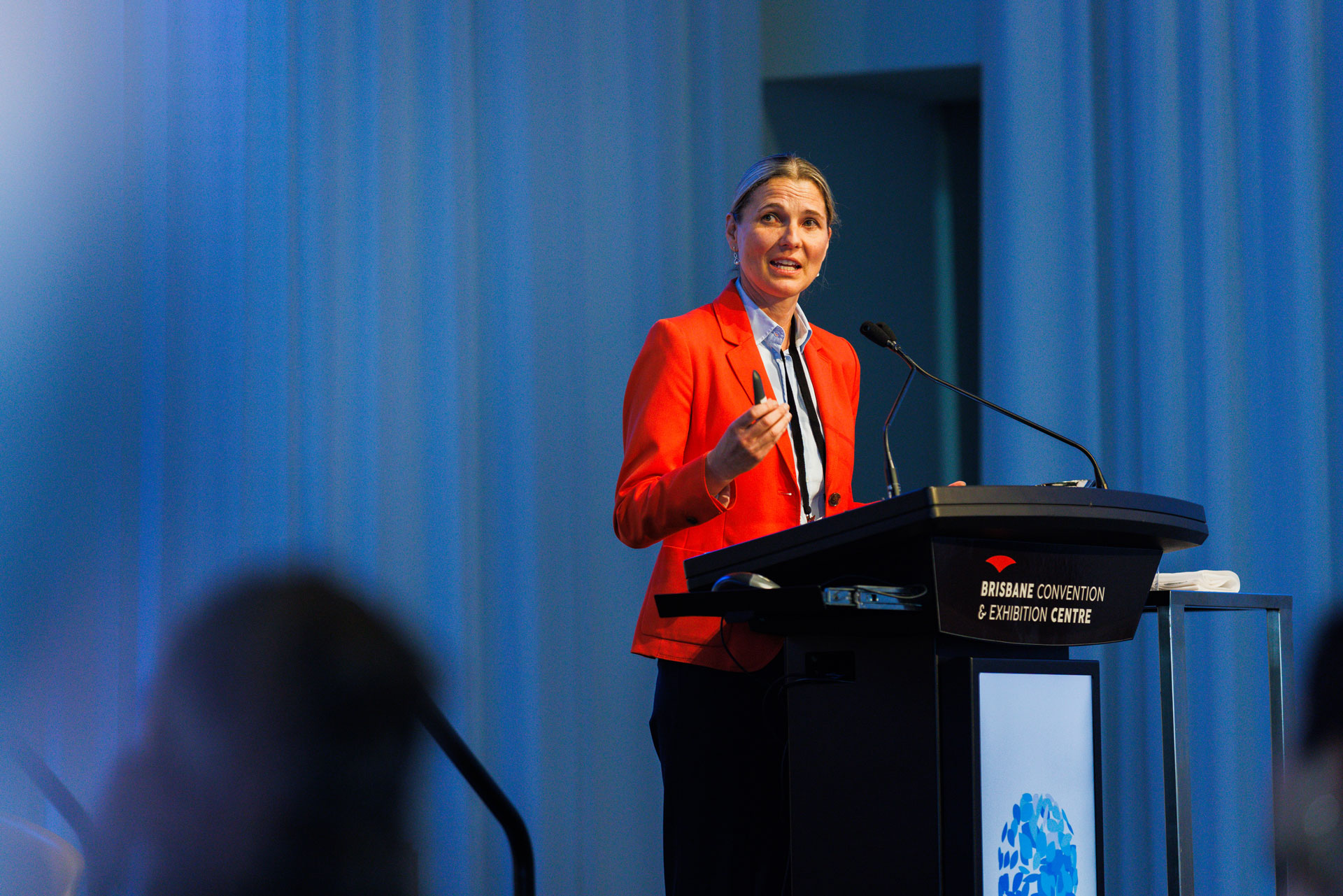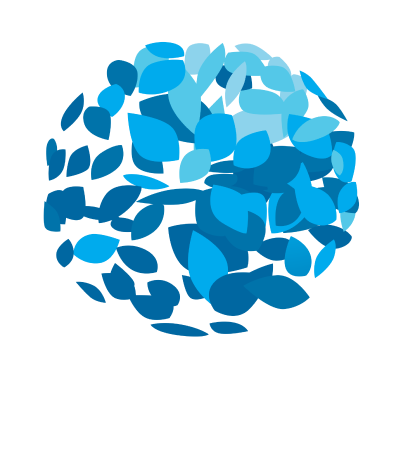You know what they say – if you fail to plan, you’re planning to fail. A Destination Management Plan is crucial for any tourism destination’s long-term success and sustainability, and while having one won’t solve all of your destination’s challenges, not having one is sure to lead to problems in the future.
Sometimes referred to as a Strategic Plan, Tourism Action Plan, or Stewardship Plan, the purpose of a Destination Management Plan is to articulate the strategic priorities and direction for the development, management and marketing of a destination over a specific period of time.
It’s a shared statement of intent that supports collaboration between government, destination management organisations, the industry and community; outlines their roles and the actions they will take; and reflects their collective vision to ensure tourism is integrated into the community’s social, economic and environmental aspirations.
What constitutes a destination, for the purposes of a Destination Management Plan, will depend largely on who is facilitating the development of the plan. A country is a destination, but so are regions, cities, provinces, neighbourhoods and other defined areas.
It will usually be up to a Destination Management Organisation (DMO) – which can be a statutory authority, local authority, a community group, or a body made up of representatives from the private and public sectors – to define the boundaries of the destination.
What’s important is that the Destination Management Plan encompasses the management of all of the different aspects that contribute to a visitor’s experience of that destination.
Why is a Destination Management Plan good for business and good for the planet?
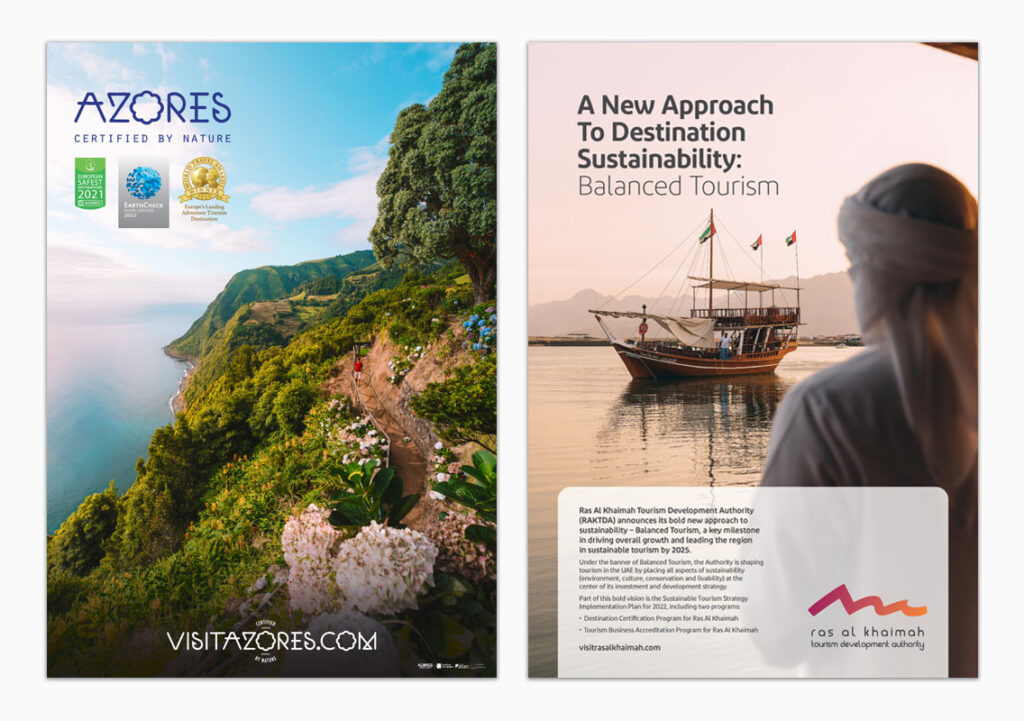
A Destination Management Plan is essential for strategically managing the flow of visitors and developments, and maximising the positive impacts of tourism on a destination while minimising the negative impacts.
If done well, it provides direction for all stakeholders, and ensures that planning and development for tourism are aligned with the needs of all stakeholders, including residents, visitors, industry and government.
Having a plan in place makes it possible to identify a destination’s infrastructure development needs and priorities, so that resources can be allocated effectively. It can also help to ensure that actions that will have the most positive impact on the community are prioritised.
At the same time, an effective Destination Management Plan can demonstrate the importance of the visitor economy, strengthening the case for funding for the tourism industry and support for specific projects.
A plan is also necessary to prove that the impact of visitors and tourism activities on the environment has been carefully considered, and that the natural, built and socio-cultural features that make a destination distinctive will be responsibly maintained, strengthening the sector’s social licence to operate.
Ultimately, a good Destination Management Plan helps a tourism destination to balance environmental, community and economic values, increasing the contribution of tourism to the economy and promoting long-term industry viability while simultaneously contributing to community development and well-being.
How to create a Destination Management Plan

EarthCheck is the world’s leading advisory group for sustainable travel and tourism, and a recognised leader in developing Destination Management Plans for agencies, communities, territories and nations.
Our team has 20 years’ experience in preparing Destination Management Plans at national, regional and local levels, working directly with stakeholders to develop specific, relevant and unique plans that encompass the aspirations and goals of the destinations.
In our experience, a successful Destination Management Plan should:
Be based on a comprehensive situation analysis
You can’t manage what you don’t understand. That’s why a successful Destination Management Plan should always be developed based on a comprehensive situation analysis.
This should include an understanding of the destination community’s aspirations and values. This should go beyond demographics and population trends, and explore the community’s perceptions and attitudes towards tourism; the history of tourism development in the destination; the natural, built and socio-cultural features and icons that are valued by the community; and the type and style of development the community desires, or has fought against in the past.
It’s also crucial to understand visitors – not just the current visitor market, but also the preferred future target markets for your destination. Identifying the characteristics and demands of both current and future visitor markets will help to ensure the short-term and long-term sustainability goals for the destination are achievable.
Because no destination exists in a vacuum, a situation analysis should also include an understanding of the changing internal and external environment. This includes an honest assessment of the strengths and weaknesses of the destination and the important issues and challenges it faces, as well as an assessment of the economic, political, social and environmental trends that may impact the destination at a global, national and regional level.
In order to ensure that product and experience development is in line with what visitors to your destination actually want, it’s also important to understand supply and demand. A tourism product and experience audit to assess the current state of tourism within your destination, matched with a visitor demand analysis, will identify key gaps in your destination’s product offering and opportunities to add value to the visitor experience.
A comprehensive situation analysis should also measure the value of tourism – both its economic and non-economic contribution – to ensure stakeholder commitment to tourism and destination management, and link economic and community development to sound and sustainable tourism practice.
A comprehensive impact assessment can also help at this stage to identify the resource impacts that tourism growth will have, including the impact on natural and protected areas. Not only can tourism co-exist with these areas, but they can become some of the most popular visitor attractions in a destination – with extensive planning and management to maintain and preserve their ecological and cultural value.
A situation analysis should also include a breakdown of the destination’s statutory and planning environment, and how these regulations and frameworks – including climate change policies – will impact tourism planning and development.
Most nations and jurisdictions have now signed up to international and national climate change commitments, to cut emissions and achieve net zero by 2050 at the latest. The tourism industry, like other sectors of the economy, has a role to play in contributing to these targets. It is increasingly important for destinations to understand their carbon footprint and to set out a clear pathway to net zero, and new Destination Management Plans will need to address this important issue.
Finally, a situation analysis should include a regional governance map to ensure that strategic planning for tourism at a destination level aligns and integrates with local, national and state policy. A regional governance map can help to identify potential partnerships and strategic opportunities.
Be a collaborative process
A successful Destination Management Plan requires input and collaboration from a complex network of stakeholders with an interest in the destination.
These stakeholders include residents, visitors, tourism industry operators, government departments and associations, investors and developers, industry associations, tourism-related organisations, and community and environmental groups.
The support, commitment and cooperation of these stakeholders is essential for the tourism industry’s long-term sustainability in any destination – so while it’s important that DMOs and local tourism champions take the lead and drive the plan forward, it’s also important that these stakeholders actively participate in the process and feel a sense of ownership of it.
Mutually beneficial partnerships between the public and private sectors are essential to providing the certainty and stability needed to encourage investment in a destination’s tourism industry, and for providing that industry with the chance to influence and inform tourism policy.
Align with the vision for the destination
The most effective way to unite stakeholders behind a common goal is to develop a tourism vision statement for the destination, and ensure the Destination Management Plan is consistent with it.
This is a shared vision for how tourism should be planned, developed, managed and marketed over time. It’s an aspirational statement that forms the basis for future development and management. Embedding consideration of sustainability into the vision – whether social, environmental, cultural or economic – is crucial.
As well as aligning with stakeholder goals and ideals, an effective vision statement should be clear and unambiguous; provide a memorable and engaging focus; and be realistic in its aspirations and goals.
Prioritise key strategies and actions
Nothing kills productivity faster than an unruly to-do list. In drafting a Destination Management Plan, then, it’s important to identify and prioritise the key strategies and actions for future destination management, development and marketing, so that the things that matter most get managed first.
These key strategies and actions will be different for every destination, but they should be driven by the comprehensive situation analysis above, and they should support the destination to deliver on its vision.
Identify the strategies and actions that will make the biggest difference to your destination (and how they will be funded), and put them at the top of your stakeholders’ action plan.
Identify clear stakeholder responsibilities and timelines
It’s one thing for stakeholders to participate in drafting the Destination Management Plan. But to ensure their ongoing engagement as the plan is actioned, it’s important to assign specific responsibilities – with specific timelines – to specific stakeholders.
Clearly defining the roles and responsibilities of each stakeholder is the most effective way to leverage their individual interests, skills, knowledge and expertise as the plan is put into action.
Beyond simply having a responsibility allocated to them in the Destination Management Plan, signing stakeholders to partnership agreements can also help to formalise their ongoing engagement.
Establish clear goals and measures
What does success look like for your tourism destination? Set clear goals and targets to ensure tourism makes a positive contribution to your destination.
Enhancing the visitor experience can provide value for a destination in several ways. There are the obvious economic benefits of visitors spending money, creating jobs and supporting local businesses, of course, and a successful Destination Management Plan can help to stimulate economic development and investment.
But by making a place more appealing to visit, you’re also making it a more appealing place to live. Tourism can provide social and cultural benefits for residents, enhancing the quality of life for locals by improving infrastructure management and urban planning; increasing amenity; fostering a greater sense of community participation and pride; and conserving and raising awareness of cultural heritage.
Tourism should also provide environmental benefits by preserving and maintaining natural environments; being the catalyst for the implementation of sustainable practices throughout your destination; and identifying local projects to support and regenerate.
Typically, sustainability has been dropped into Destination Management Plans without clear goals or targets. But taking a holistic view of tourism, and assessing both its economic and non-economic impacts, is crucial for communicating its true value, and to gaining community, government and industry support.
Be developed as a living document
Finally, a successful Destination Management Plan should be a living document that can be adapted and updated as the operating environment changes.
Strategic destination planning is a cyclical process, requiring ongoing monitoring and review and the flexibility to adapt to changing conditions. Typically, a Destination Management Plan will cover a three-to-five year period, with action plans to be updated more frequently.
Even a plan that seemed perfect when it was implemented won’t necessarily stand the test of time – and you’ll need to stay on top of it and make continuous improvements and adjustments to deliver on your vision for your destination.
Unite your stakeholders and shape the sustainability narrative and impact of your destination experience with a Destination Management Plan delivered by EarthCheck’s experienced team.
